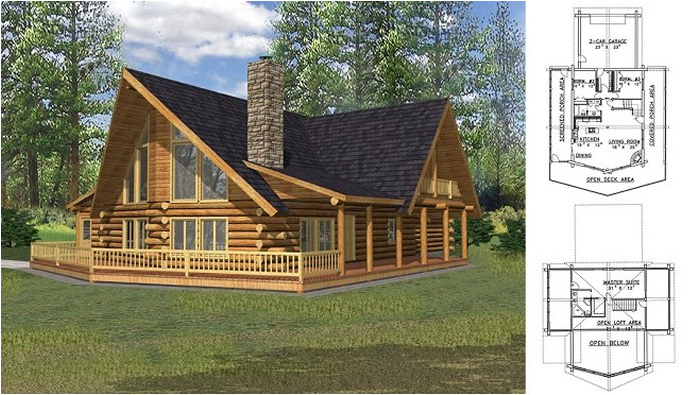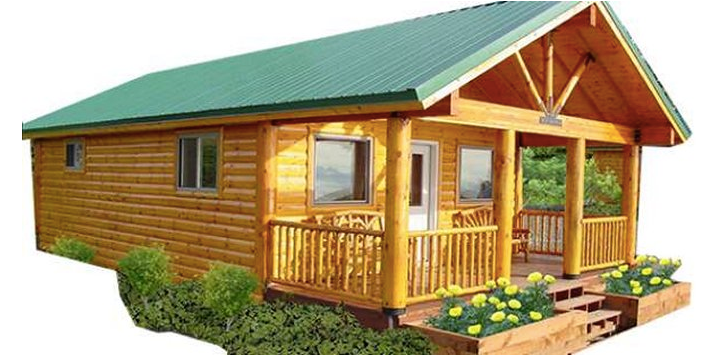Their budget-friendly homes have also kept them a leader in the residential market. Their approach is simple; they first establish the budget you are working with and then maximize it to reach your tiny house dreams. They work as closely with you as you would like and offer their building experience to help in tiny house design and controlling costs. Architects and designers work closely with them so they can offer building expertise on construction and budget-related questions whenever needed. West Coast Homes is a family owned and operated business that likes to be involved in local charities and community events.

While many park model homes constitute as smaller spaces and they have some similarities to tiny houses, there are some differences as well. Park models have been regulated as a temporary living space that have been designed for RV parks or similar settings like a mobile home park. They are usually 399 or less and can be towed on the road when they need to be moved. These homes are not usually meant to be moved as frequently as tiny houses on wheels though.
Tiny houses built on foundations, on the other hand, can be built all the way up to 1,000 square feet and are usually built using regular conventional construction. Tiny houses on wheels offer a more temporary living situation for people who move around a lot or who are always on the go, they are also able to be built by the owner. But tiny houses on wheels can be much harder to finance and insure, as well as find parking for than park models. Hopefully, that will improve in time, but for those wanting fully regulated tiny homes, a park model may be the way to go.
This Story was Inspired By: West Coast Homes



